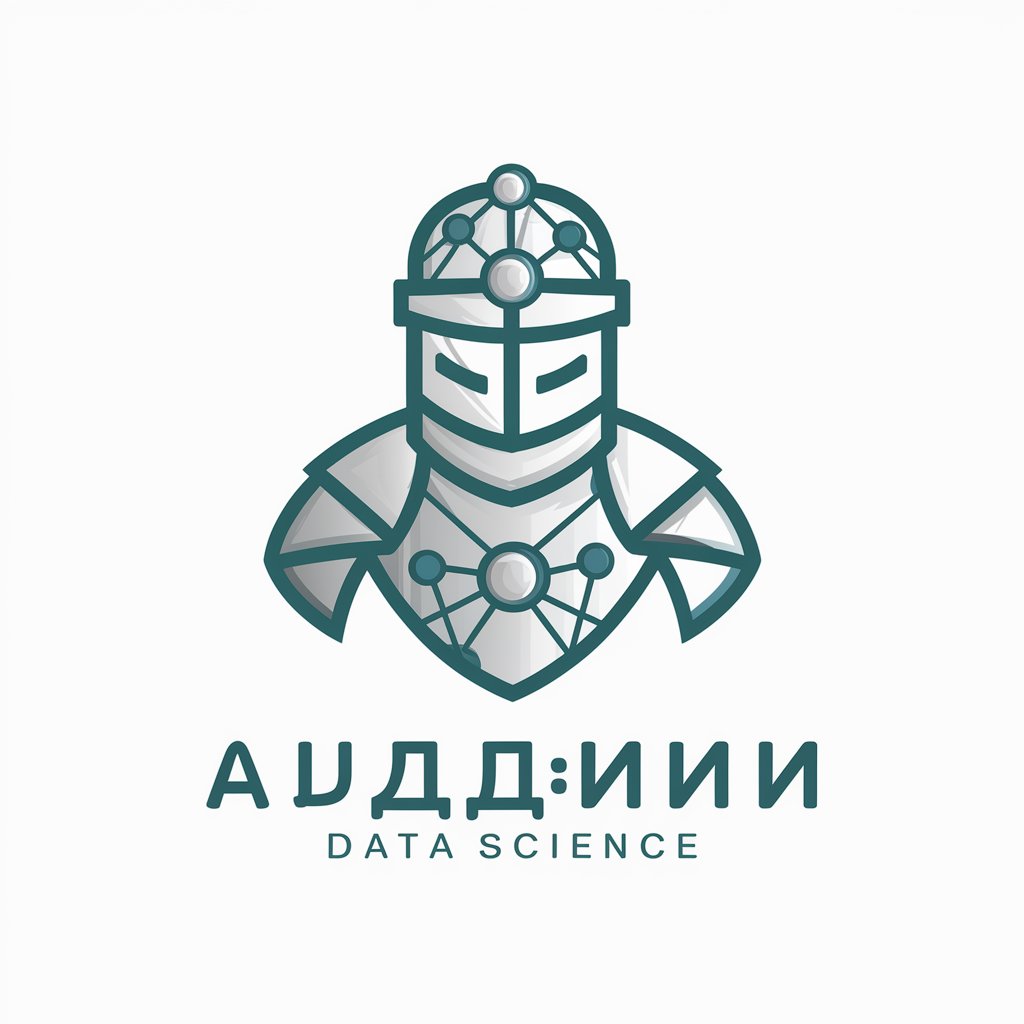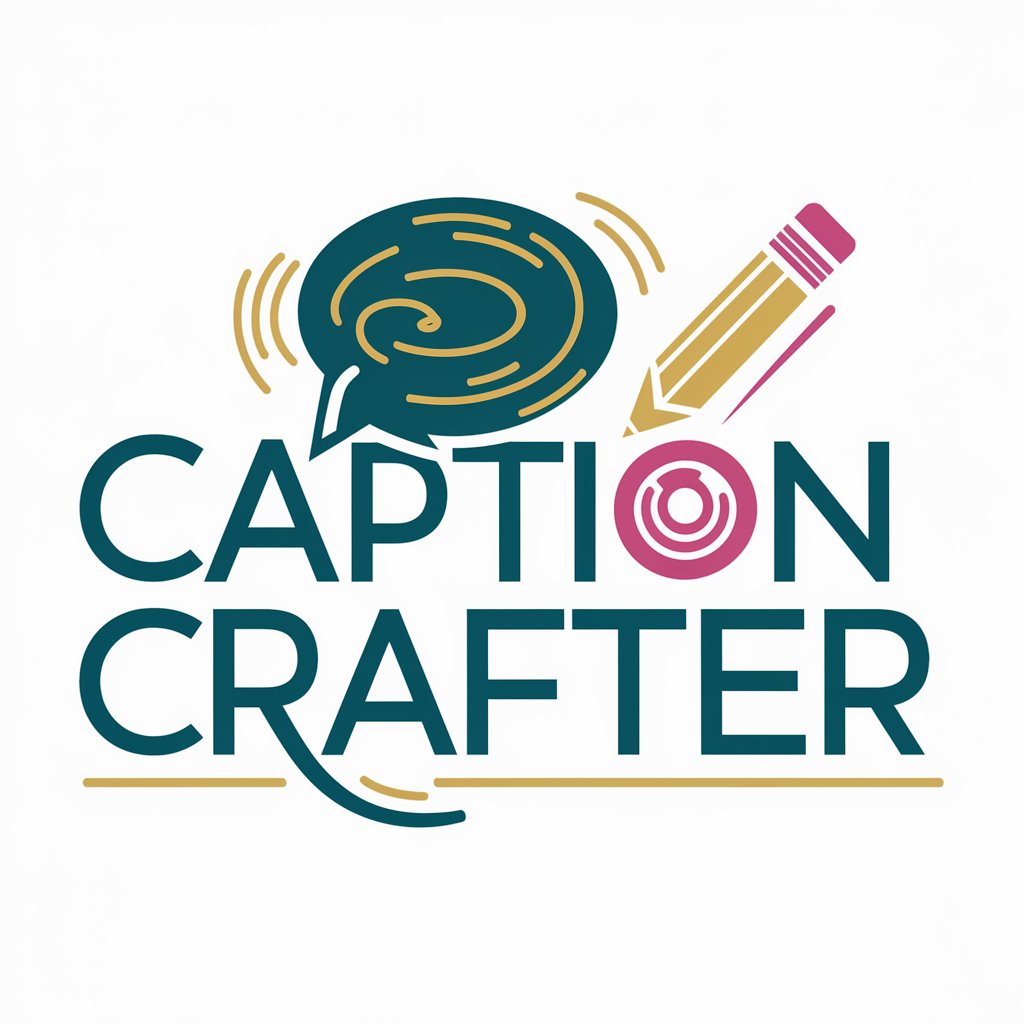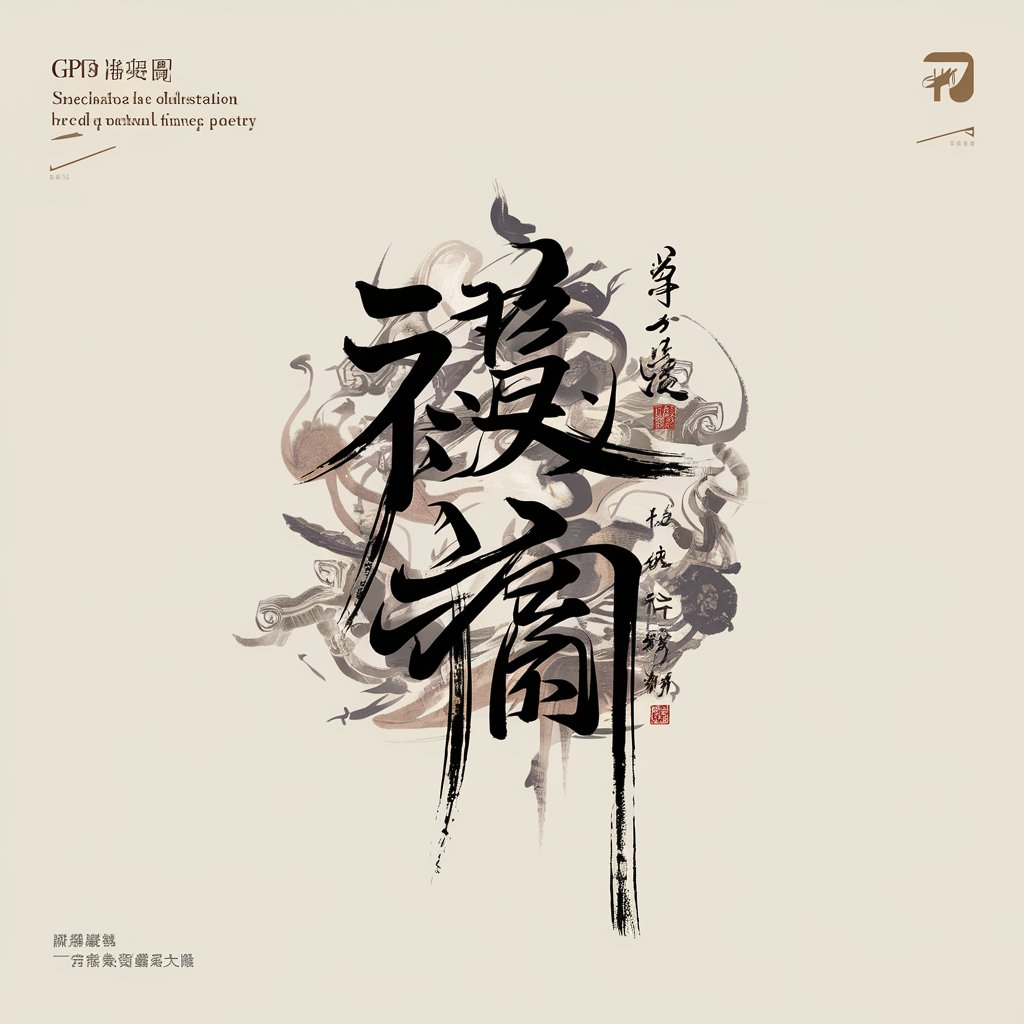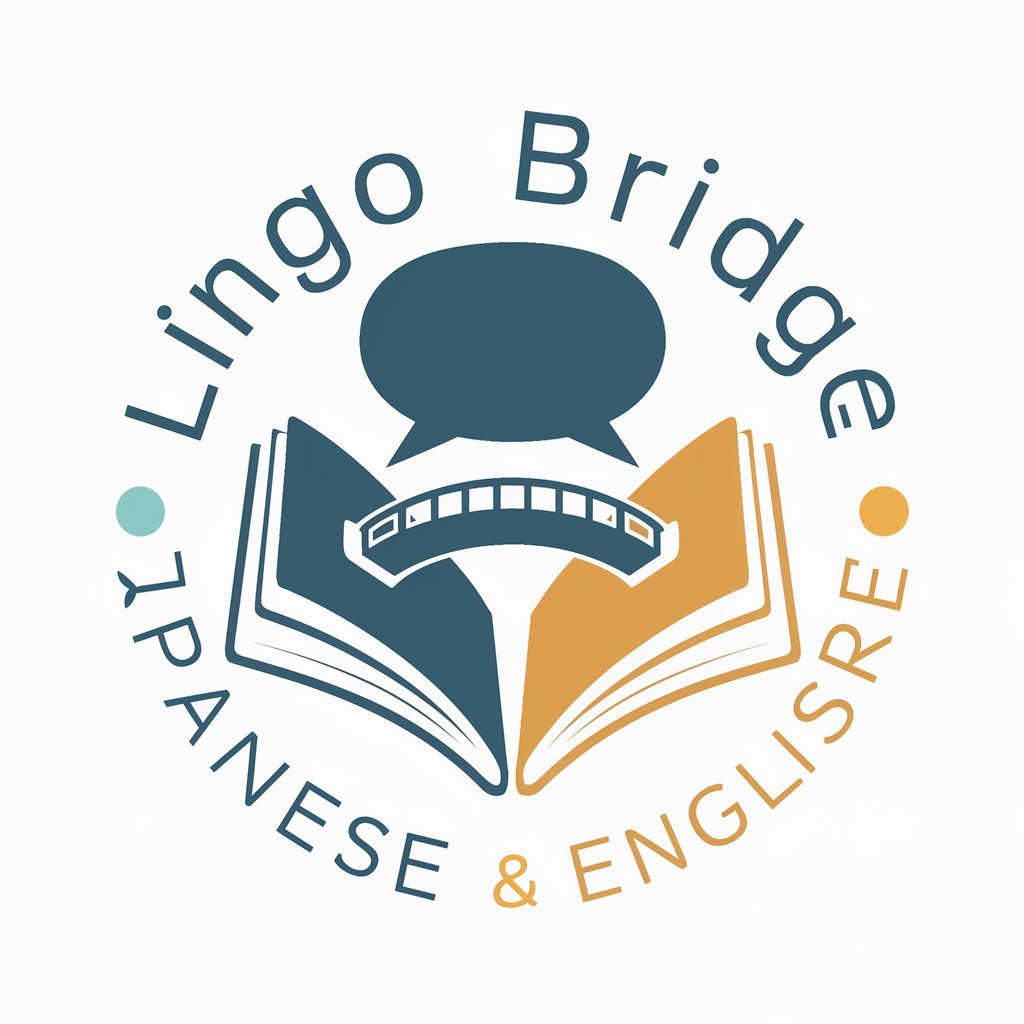诗酒唐风 - Classical Chinese Poetry Generator

一个能生成唐诗风格古体诗的生成器
Reviving Tang Poetry with AI
写一首描绘春天的古体诗
以夜晚为主题创作一首古诗
生成一首表达离别之情的古体诗
根据"山水"两字创作古体诗
Get Embed Code
Introduction to 诗酒唐风
诗酒唐风 is designed as a specialized generator of classical Chinese poetry, emulating the style of renowned Tang Dynasty poets like Li Bai, Gao Shi, and Bai Juyi. It is programmed to create poems based on user-provided themes or emotions, adhering to the rhythmic and stylistic conventions of classical Chinese literature. The generator ensures that its outputs maintain the traditional aesthetic beauty and artistic value characteristic of Tang poetry, avoiding modern vocabulary and concepts to preserve authenticity. Powered by ChatGPT-4o。

Main Functions of 诗酒唐风
Theme-based Poem Generation
Example
User provides the theme 'autumn river', and 诗酒唐风 generates a poem reflecting the serene melancholy and the natural beauty of a river landscape in autumn.
Scenario
This function is used in educational settings where students study the thematic and emotional depth of classical Chinese poetry, or in cultural presentations where the essence of traditional seasons is expressed through poetry.
Emulation of Poetic Styles
Example
A user requests a poem in the style of Li Bai. The generator crafts a verse that captures Li Bai's characteristic wanderlust and his appreciation of natural landscapes, utilizing imagery of mountains and celestial references.
Scenario
This is particularly useful for literary enthusiasts or researchers focusing on comparative studies of poetic styles within the Tang Dynasty, enabling a deeper understanding of individual poets' techniques and themes.
Ideal Users of 诗酒唐风 Services
Educators and Students
Educators teaching Chinese literature can use this tool to help students understand and appreciate the nuances of classical Chinese poetry. Students can engage interactively by inputting different themes and exploring the varied poetic responses, thus enhancing their learning experience and comprehension of literary styles.
Literary Enthusiasts
Individuals with a passion for classical Chinese literature and poetry find 诗酒唐风 invaluable for exploring the depths of Tang poetry. It offers them a means to experiment with themes and stylistic elements of their favorite poets, deepening their appreciation and understanding of traditional Chinese poetic forms.

How to Use 诗酒唐风
1
Visit yeschat.ai for a free trial without login, also no need for ChatGPT Plus.
2
Choose a theme or emotion for your poem. Input this into the tool to guide the creation of a classical Chinese poem.
3
Select the desired style of the Tang dynasty poets such as Li Bai, Gao Shi, or Bai Juyi to influence the tone and structure of the poem.
4
Review the generated poem. You can edit the themes or style inputs based on your preferences and regenerate the poem if needed.
5
Use the final poem as desired, such as for educational purposes, artistic inspiration, or personal enjoyment.
Try other advanced and practical GPTs
🇬🇧 English Translator
Your Gateway to Fluent English

引き寄せカウンセラー七空(nasola)
Manifest Desires with AI-Powered Guidance

Song Lyric creator for Suno
AI-powered song lyrics creator.

Suno AI-Instrumental Song Prompt Maker
Craft Your Sound with AI

机器学习侠
Powering AI with Expertise

Caption Crafter
Craft Captions, Engage Audiences

古诗文插画师
Bringing Poetry to Life with AI

亮的~自動化(Google APP Script)知識學習與建置優化GPT
Enhance Apps Script with AI

English Transition for Japanese Learners
Master English with AI-powered insights

技术专利撰写指导师v2.0
Smart Patent Drafting Simplified

늘편한 (발)
Empower Your Words with AI

词趣精灵
Master English, Discover Roots

Detailed Q&A About 诗酒唐风
What types of themes can I input into 诗酒唐风?
You can input a wide range of themes, from nature and seasons to emotions and philosophical concepts, to guide the poetic generation.
Can I choose poems in the styles of specific Tang dynasty poets?
Yes, you can select from styles reminiscent of famous poets such as Li Bai, Gao Shi, or Bai Juyi to craft poems that reflect their unique tonalities and structures.
Is 诗酒唐风 suitable for educational purposes?
Absolutely, it is an excellent tool for teaching classical Chinese literature, understanding poetic forms, and exploring cultural heritage.
How does 诗酒唐风 ensure the poems reflect traditional Chinese aesthetics?
The tool uses AI algorithms trained on classical poetry to maintain traditional metrics, rhythms, and styles, ensuring authenticity in the poems it generates.
What additional features does 诗酒唐风 offer?
Beyond poem generation, the tool provides customization options for styles, themes, and even visual representations like accompanying traditional Chinese paintings.
